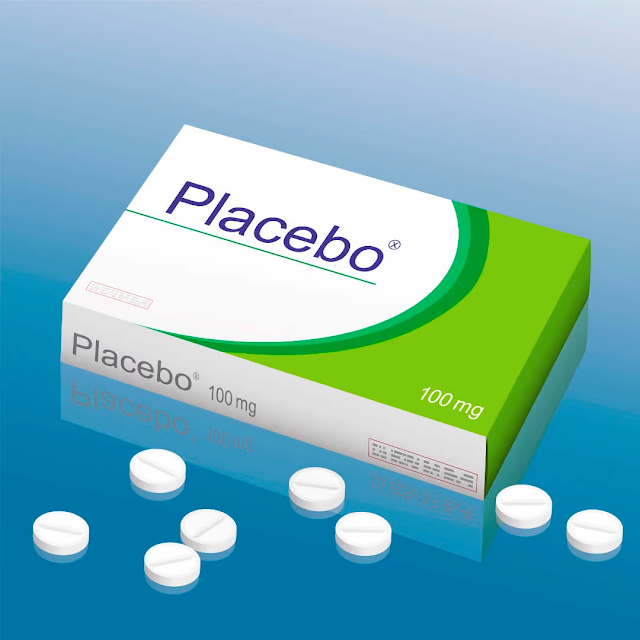OC Narcan Training & Distribution Program
By Adela I. Sanchez, BSN, RN, PHN
MiraCosta College Health Services, in partnership with California Department of Health Care Services (DHCS) is proud to offer the distribution of Narcan. Now, you may be asking what is Narcan and why would I need it?
What are opioids?
Opioids are types of drugs used to treat pain. Common prescription opioids include oxycodone (OxyContin), hydrocodone (Vicodin), morphine, codeine, and methadone.Fentanyl is another opioid that can be prescribed to treat pain. Fentanyl is prescribed in the form of transdermal patches, lozenges, or tablets. Fentanyl can be illicitly manufactured, most often as a powder or in counterfeit tablets. It is sold alone or often produced (many times unknown to the user) in other illicit drugs such as heroin, cocaine, or methadone.
Another opioid is heroin, which is made from morphine; a natural substance taken from the seed pod of the various opium poppy plants. Heroin comes in a white or brownish powder, or a black sticky substance known as “black tar heroin.” Heroin is no longer approved for pharmaceutical use in the US and many other countries.
Prescription opioids are often prescribed with benzodiazepines. Benzodiazepines are central nervous system depressants used to sedate, induce sleep, prevent seizures, and relieve anxiety. Examples include alprazolam (Xanax®), diazepam (Valium®), and lorazepam (Ativan®). Prescription opioid overdoses are more likely to occur in individuals who have also been prescribed benzodiazepines. Part of the initiative to reduce accidental opioid overdoses is to discourage providers from prescribing opioids with benzodiazepines.
Why are opioids used?
Opioids are prescribed for surgery, injury, chronic pain, coughs, and cancers. Short term use can be beneficial. However, long term use can lead to addiction. The National Center for Drug Abuse Statistics states prescription drugs are misused by 6% of Americans over the age of 12. Opioids have been reported to be misused by 57% of prescription drug users and 70% of those prescribed are addicted.The use of illicit drugs can serve as alternate means for pain relief. The National Institute on Drug Abuse 2019 states, “opioids make people feel very relaxed and 'high' - which is why they are sometimes used for non-medical reasons. This can be dangerous because opioids can be highly addictive, and overdoses and death are common.”
They further report “prescription opioids and heroin are chemically similar and can produce a similar high. In some places, heroin is cheaper and easier to get than prescription opioids, so some people switch to using heroin instead. Data from 2011 showed that an estimated 4 to 6 percent of those who misuse prescription opioids switch to heroin and about 80 percent of people who used heroin first misused prescription opioids. More recent data suggest that heroin is frequently the first opioid people use. In a study of those entering treatment for opioid use disorder, approximately one-third reported heroin as the first opioid they used regularly to get high.” We always want to encourage our friends and family to get help. Help can be in the form of seeking a rehabilitation program, speaking to their prescribing physician, and/or seeking treatment with medication and/or behavioral therapies.
Signs and Symptoms
- Pinpoint pupils
- Unusual drowsiness
- Respiratory depression
- Decreased level of consciousness
- Trouble staying awake (may be seen nodding off in the middle of a conversation and unable to pay attention)
- Trouble maintaining eye contact
- Loss of color in the face or outer extremities
- Slow, shallow breathing or muffled breath sounds
What to do if you suspect an overdose?
Administering Narcan is done nasally, and easily delivered by lay responders. It rapidly reverses an opioid overdose and has no side dangerous side effects if given to someone who was not experiencing the suspected overdose.
How do I learn to use Narcan?
MiraCosta College Health
Services offers monthly training by a registered nurse that goes over signs
and symptoms of an overdose and how to administer the lifesaving medication. It
is free, and one way to support your loved ones in a medical emergency. Sign up
for the next training by emailing us at mccshs@miracosta.edu. Please call us at 760-795-6675 or stop
by Health Services in room 3326 on the Oceanside campus or room 917 on the San Elijo
campus with questions.
.png)



Comments
Post a Comment